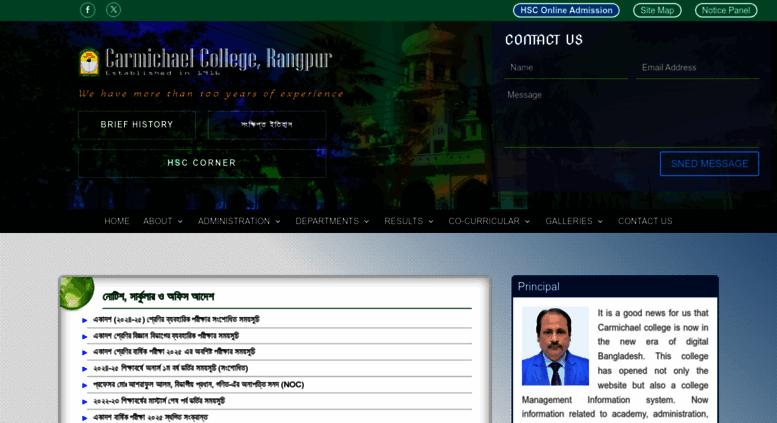
Community systems can satisfy this requirement by providing a notice of availability in their annual CCR. See the following document for reference concentration information from EPA:Īdditionally, Oregon Administrative Rule (OAR) 33(6) requires community and non-transient non-community water systems to notify persons served by the system of the availability of the UCMR test results no later than 12 months after the monitoring results are known. The purpose of monitoring for these contaminants is to help EPA decide whether the contaminants should have a standard."Īlthough not required, a water system may also choose to add additional information about reference concentrations in order to provide context for their customers around the detection of a particular contaminant.

EPA has provided the following general suggested explanation: " Unregulated contaminants are those that don't yet have a drinking water standard set by USEPA. Water systems may want to briefly explain in the CCR why they are monitoring for unregulated contaminants. Specifically, they must report the average and the range at which the contaminant was detected. Unregulated Contaminant Monitoring Rule and CCRs Oregon Administrative Rule (OAR) 33(3)(l) requires community water systems to report detections of unregulated contaminants monitored under the Unregulated Contaminant Monitoring Rule (UCMR) in their annual CCR. OAWU is a state affiliate of the National Rural Water Association. Oregon Association of Water Utilities (OAWU): OAWU is an independent nonprofit association of water and wastewater utilities and professionals formed to provide technical assistance and represent water utility interests in the legislature.American Water Works Association (AWWA): Located in Denver, CO, AWWA is an international nonprofit and educational society that is the world's largest and oldest organization of water professionals.You can also contact the organizations listed below for additional information and technical support: Resources include guides, communication tips and training materials.ĭWS provides assistance for community water systems that have questions about CCR development, requirements and rules. Compliance Help/Tools for Systems: EPA's resource site for community water system owners and operators to facilitate compliance with CCR requirements.CCR iWriter Tool: An online tool from the Environmental Protection Agency (EPA) for producing a regulation-compliant CCR.
#Ccr gpv update

The certification report is due to DWS by October 1st. The purpose of certification is to confirm that water systems delivered CCRs to their served customers and that information contained in the CCRs was correct and consistent with compliance monitoring (i.e., water quality) data already submitted to DWS. Community water systems must certify their CCRs and submit certification to DWS.See Tools & Resources, below, for resources to assist your water system in developing a CCR. A copy of the CCR must also be submitted by July 1st to Oregon Drinking Water Services (DWS). A CCR must cover the previous calendar year and be delivered to customers by July 1st. According to Oregon Administrative Rule (OAR) 33, all community water systems are required to submit an annual Consumer Confidence Report (CCR) to their customers.Unregulated Contaminant Monitoring Rule and CCRs.


#Ccr gpv license


 0 kommentar(er)
0 kommentar(er)
